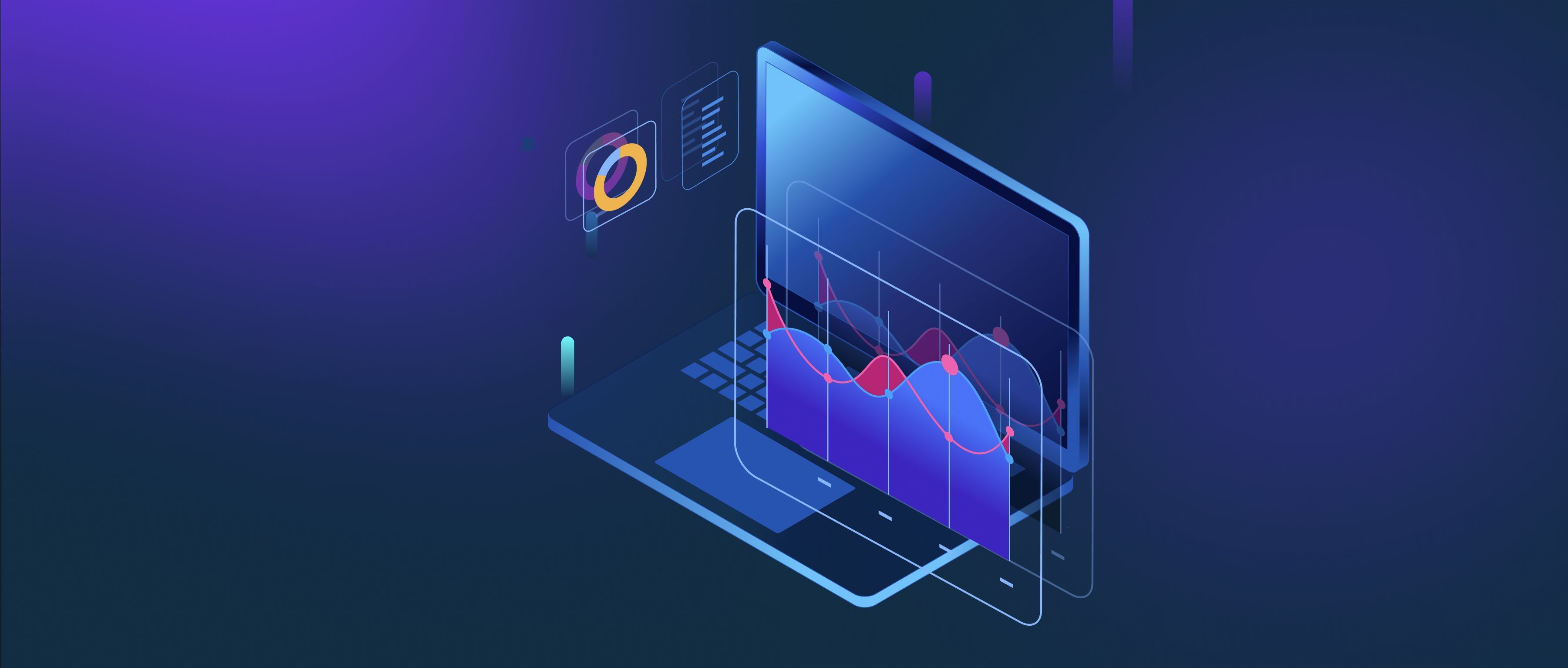Zero-shot learning in image search refers to the ability to recognize and classify images based on categories that the system has not been explicitly trained on. In traditional image classification, a model learns to recognize specific classes, such as cats or dogs, by being trained on labeled examples of those classes. However, zero-shot learning enables a model to identify new categories by generalizing from related information or features it has already learned, even when no training examples for the new categories are available.
One key aspect of zero-shot learning is the use of semantic representations, such as word embeddings or attributes associated with images. For example, let’s say a model is trained to recognize various animal types including "tiger," "horse," and "elephant." If the model is then presented with a picture of a "zebra," which it hasn't seen before, it can still identify it by utilizing semantic knowledge that connects "zebra" to "striped," "horse-like," or "black and white." This comparison helps the model infer that a zebra is similar to the horse class it knows while also observing the unique features that differentiate it.
Developers can implement zero-shot learning for image search using various methodologies, including transfer learning or embedding spaces that capture the relationships between different classes. For instance, if a developer builds an image search application that allows users to find animals using natural language queries, the system can flexibly handle searches for terms like "spotted animals" or "animals with long necks," even if these specific categories were not part of the training data. This adaptability enhances user experience and dramatically expands the utility of image search applications by making them capable of addressing user queries in ways that traditional models cannot.
